The Visual Motor Aspect of Buttons and Zippers
This post may contain affiliate links.
Buttoning Progression
When you are good at fastening buttons, you can do it with your eyes close, and probably don’t look at all when fastening your pants. It takes some time and practice to get to the point of being able to button completely by touch, and a lot of vision is used when young kids are just starting to attempt the skill. In fact, there is a combination of visual skills along with motor planning in order for young kids to figure out how to get the button to go through the hole.
To work out how to get the button in the hole, the position of all of the parts is key. It is best for kids to start learning to do fasteners when they are right in front of them with a clear visual field of the hole and the button. Visually you can start learning by positioning the button hole going one direction (either horizontal or vertical). Many kids have difficulty changing to another direction, so holding the practice hole at a specific angle can help with visually figuring out how to maneuver the button into the hole. It also helps to start with stiff holes, such as in a button push in activity so that the hole visually stays in the same place, and it is easy to line up the button with the hole. A great activity that keeps the hole lined up is putting coins into a piggy bank, and it is beneficial to do all kinds of activities that require lining up coin/button shape with a slot shape. Another slot type of activity is connect 4.
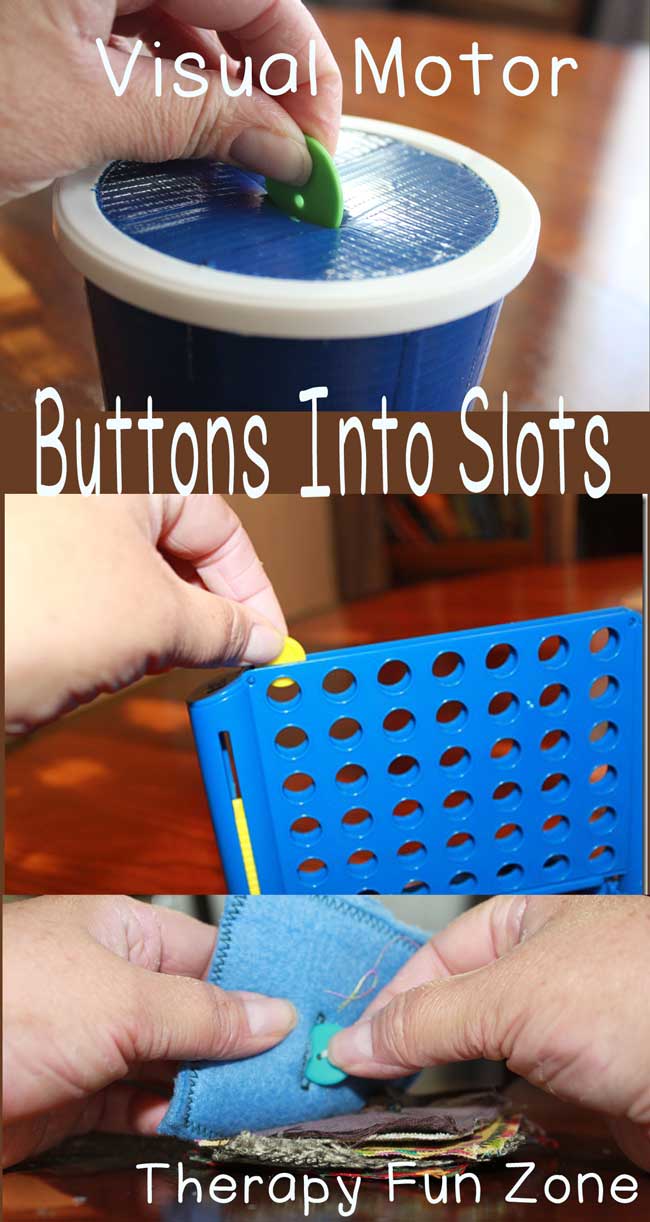
Once you have the stable hole mastered, you can then move on to a more flexible and moveable hole. A good step to go to that still has visual simplicity is a button snake. You can do a regular button snake, or a more complex button snake with multiple buttons along it. It is fun to do a button snake in the form of a sandwich as well.
Visually, the next step would be working on clothes that are sitting in front of the child so that they can still see the hole and the button, but the fabric moves a bit more than it would on a button snake. Start with large buttons and large holes to make it easier to see and work out where they go. You may have to hold the hole in position at first to make it easier to line the button up.
There is a big difference between a shirt sitting in front of you and a shirt that is on your body, both visually and motor wise. One difference is that if the shirt is sitting in front of you, you can move the button and hole around in order to get the angle and position good both visually and physically. When the shirt is on your body, it is no longer going to move in order to get into an optimal position. That is one reason why I like to practice buttoning with the Button Pizza. The buttons on the pizza cannot be maneuvered around into a better position, and the holes have to make it over the buttons right where they are, without much maneuvering. The pizza can sit within visual sight, which helps a child visually work out how to get the button hole onto the button, and is a good assist before moving to working with clothes on the body. There are a whole bunch of other button activities to make buttoning fun.
When working on clothes on the body, again start with large buttons to make it easier to see the buttons and holes and maneuver them. A practice garment should be loose enough to be brought out from the body and be able to be seen by the beginning buttoner until they are ready to work on buttoning without seeing it well. You can check out a lot more posts about buttoning.
Zipping
A visual motor precursor to being able to pull a zipper along its tracks is beading, and the visual motor act of moving beads along a pipe cleaner or string. Pulling a zipper up and down is the easiest part of zipping, but where many people struggle is getting a zipper started on a coat. It is quite difficult to get the shank of the zipper into place in the slot of the zipper. Some ideas to increase the visual awareness of how to get an object into the slot is to use two different colors of zippers to increase the contrast while practicing. You can also practice with a pipe cleaner to increase the visual contrast and the stability of the item going into the slot.
This post is part of the Functional Skills for Kids series. You can read all of the functions on childhood HERE. Read all of my monthly posts in this series HERE.
Looking for more information about buttoning and zipping? Stop by to see what the other Occupational Therapists and Physical Therapists in the Focus on Function series have written.
When Can Kids Learn to Button and Zip? | Mama OT
Clothing Fasteners and Fine Motor Skill Development | Kids Play Space
Clothing Fasteners and Gross Motor Skill Development | Your Therapy Source Inc
How to Adapt Buttoning and Zipping for Your Child | Miss Jaime OT
Learning How To Use Buttons, Snaps, Zippers, and Buckles Through Play | Growing Hands-On Kids
Tips to Teach Kids to Zip and Button | The Inspired Treehouse
Pinch. Poke. Snap… Helping Kids to Manage Buttons, Zips and More! | Your Kids OT
Clothing Fasteners and Sensory Processing | Sugar Aunts
The Visual Motor Aspect of Buttons and Zippers | Therapy Fun Zone

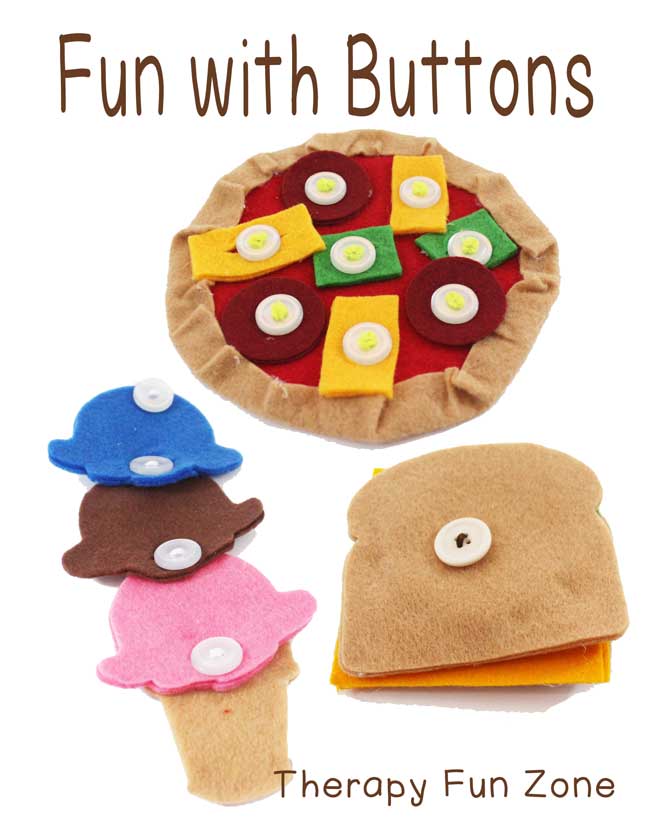

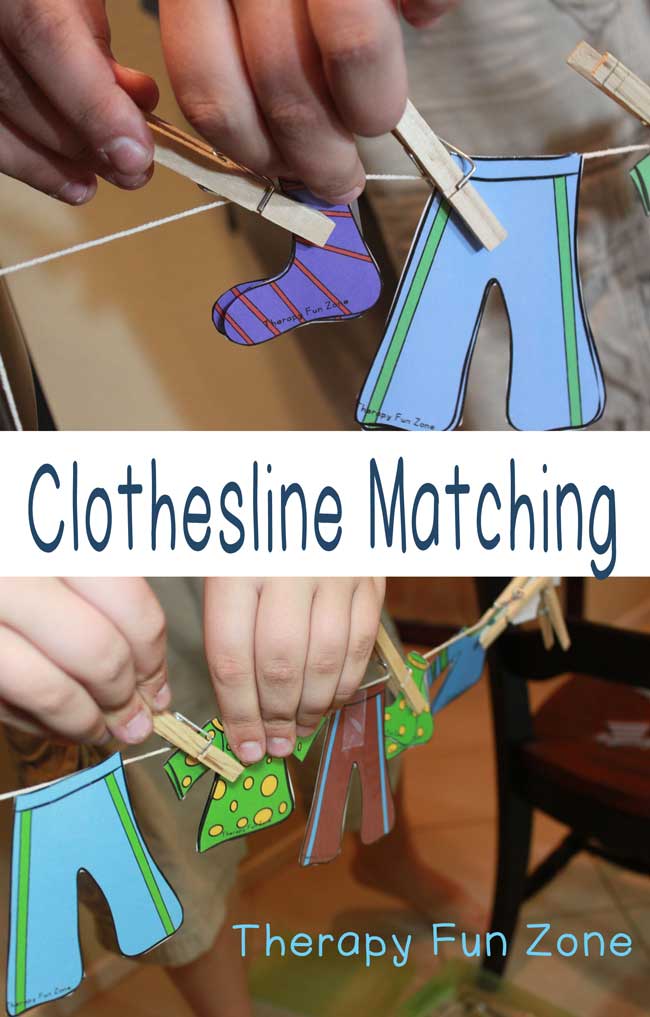
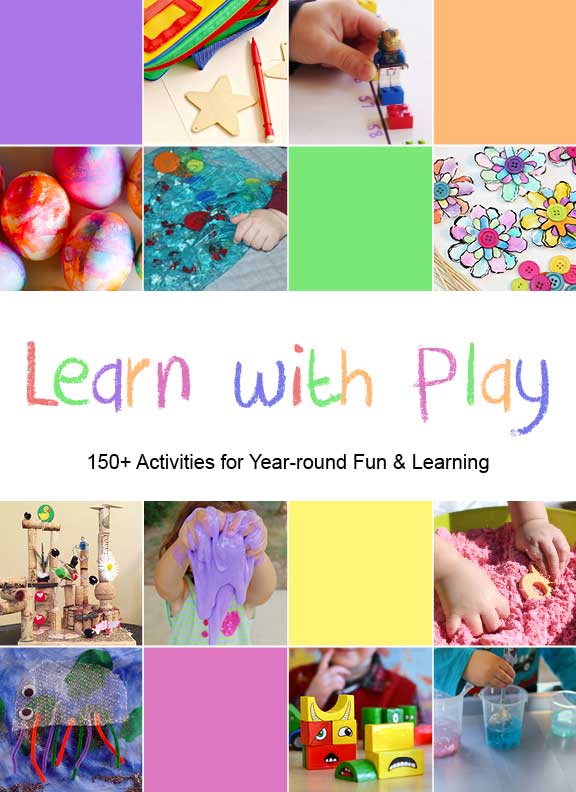
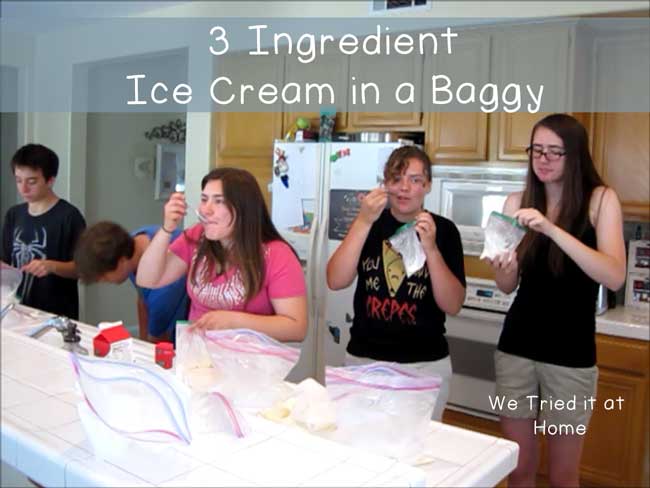
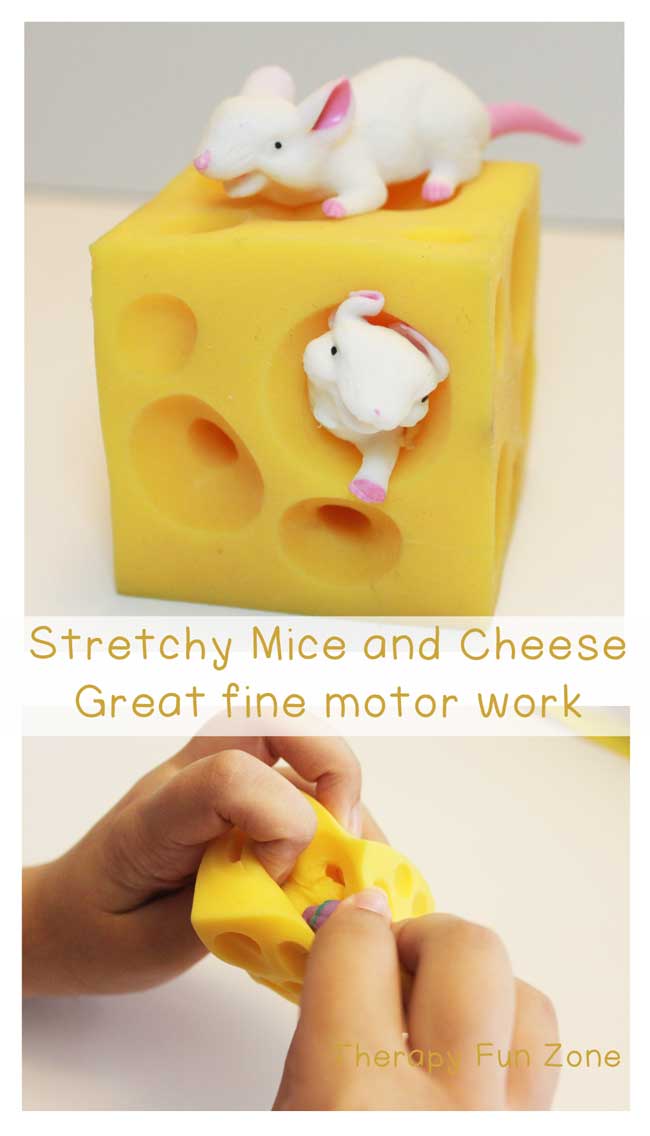

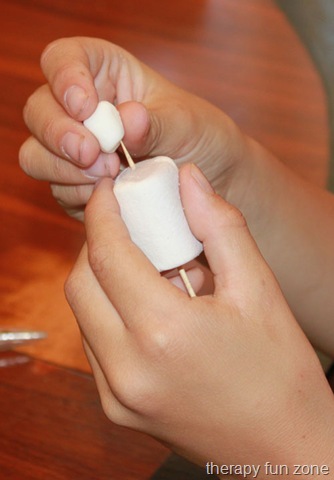
Love, love, love your button food! Learning how to button is much more fun for kids when a game is involved.
I love the button food too! Such a fun way to learn how to button!
I love the “button in the coffee can” activity. I use it all the time- it’s a great way to work on the strength, eye-hand coordination and dexterity required for buttoning. This is a great example of the visual-motor components of buttoning and fastening.